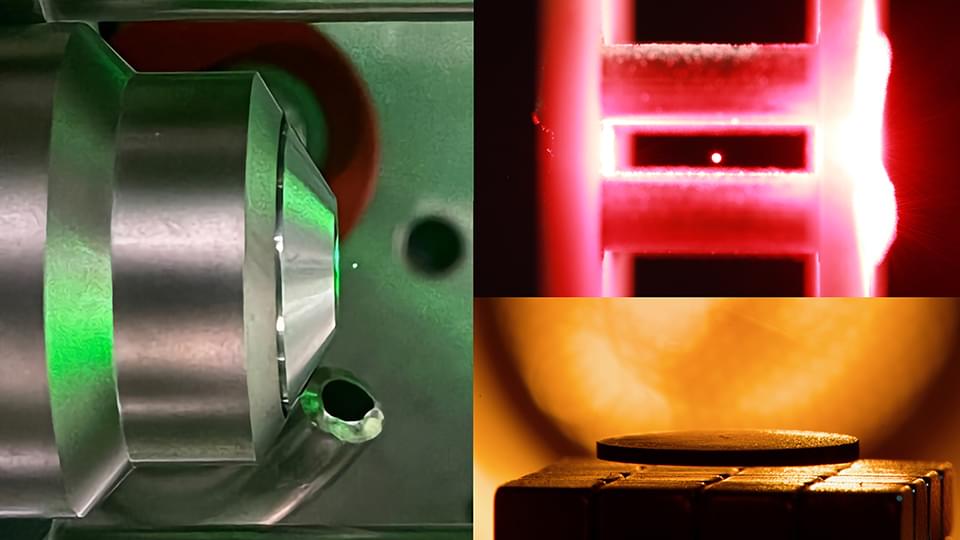Sep 17, 2024
Elevating the search for dark matter
Posted by Shubham Ghosh Roy in categories: cosmology, nanotechnology, particle physics, quantum physics
Some recent dark matter experiments have begun employing levitated optomechanical systems. Kilian et al. explored how levitated large-mass sensors and dark matter research intersect.
Levitated sensors are quantum technology platforms that use magnetic fields, electric fields, or light to levitate and manipulate particles, which become very sensitive to weak forces. These sensors are especially well suited for detecting candidates in regimes where current large-scale experiments suffer limitations, such as ultralight and certain hidden-sector candidates.
The authors discussed how these advantages make levitated sensors, including optically trapped silica nanoparticles, magnetically trapped ferromagnets, and levitated superconducting particles, ideal for detecting different dark matter candidates.


















